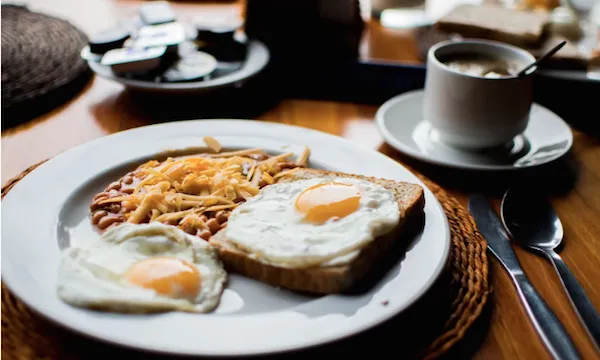
Eat Out to Help Out scheme bumps foodservice activity to highest level since COVID-19: NPD
11.5 million trips were made by new customers in August.
Spend in the British out-of-home (OOH) foodservice market during the week ending 30 August reached 63% of the level seen pre-COVID at the start of the year, according to the NPD Group.
This, the insights agency said, means the market was more active in that week than at any time since the COVID-19 lockdown began in March.
NPD noted that Britain’s OOH foodservice industry would normally have transacted over £5 billion of sales during the month of August, with the said month always the peak month of the year for eating out visits. But the impact of COVID-19 this year meant the actual figure is estimated to be almost 50% lower, with spend levels slightly above £2.5 billion.
The Eat-Out-to-Help-Out (EOTHO) scheme, NPD argued, has “clearly delivered a welcome boost to the British foodservice industry and July and August have been months of recovery, helped by more people choosing a staycation rather than risking overseas travel.”
NPD’s separate SnapMyEats consumer panel shows that 62% of the growth in “eat-in” – some 21 million trips – was driven by buyers purchasing more frequently in August than they did in July because of EOTHO.
More than a third (34%) of the “eat-in” growth, equivalent of 11.5 million trips, came from bringing in brand new customers in August. These consumers, NPD said, had not eaten out in July so EOTHO “clearly attracted this new audience.”
Two million trips, notably, were switched from delivery to “eat-in” as the scheme encouraged buyers to go out for meals they had been ordering in.
NPD also saw a movement away from delivery since foodservice venues re-opened for on-premise visits from 4 July. Delivery spend peaked in the week ending 5 July but has returned to normal levels.
The additional uplift in eating-out spend over recent weeks is due to on-premise consumption, which has increased from just 22% of pre-lockdown spend in week 27 (which includes the hospitality industry’s re-opening on 4 July) to 57% of pre-lockdown spend by end of week 35.
Dinner was the most active meal eaten out, followed by lunch at 72% and 63% of pre-lockdown spend, respectively. Consumers aged 16-to-24 were especially active in recent weeks, with their spend jumping from 49% (week 32) of pre-lockdown to 77% in just three weeks.
The next most active age group was the over-55s, spending 72% of pre-lockdown levels in week 35, where weekday recovery was significantly more pronounced at 69% of pre-lockdown spend compared to 50% for weekend spend.
“The Eat-Out-to-Help-Out period of August 3rd to August 31st (weeks 32 to 35) saw a definite improvement in spend compared to previous months and operators will see this as the start of a long recovery. The important question is whether the restaurant industry will sustain this summer’s improvement into September and October. These two months would typically see 17% of the industry’s annual spend with combined sales of nearly £10 billion,” The NPD Group’s insights director for foodservice Dominic Allport said.
“However, the foodservice industry is still facing severe pressures and with recent concern about a possible second wave of Covid-19 cases it is likely that any further improvement could be challenging. Underperformance versus last year is likely to continue with September and October potentially seeing sales around a third lower than they were last year, meaning over £3 billion fewer sales.”


























